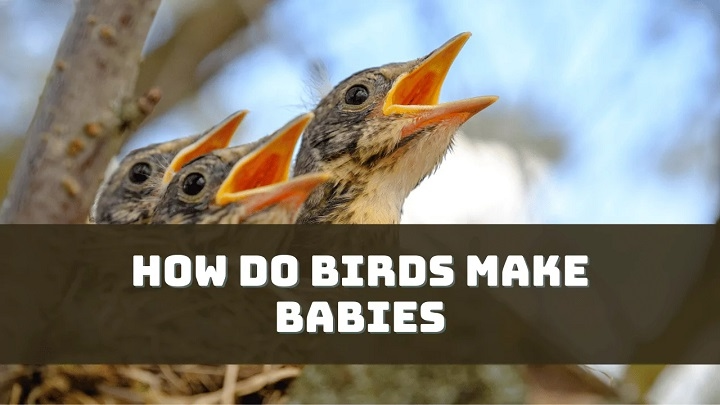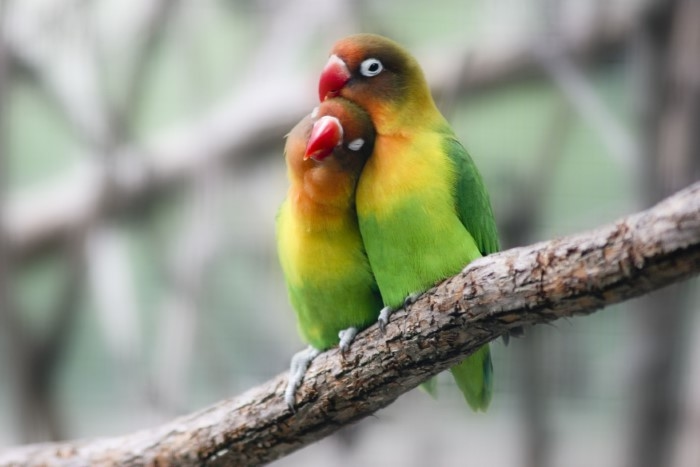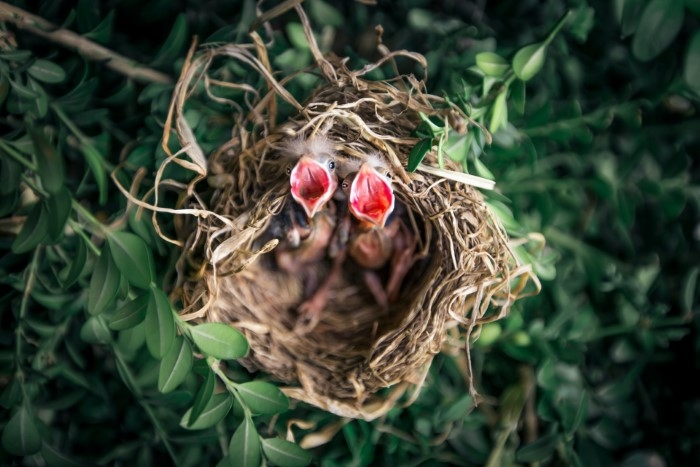Birds are known for building nests, laying eggs, and raising chicks, but how do birds actually make babies? From courtship to hatching, bird reproduction is a fascinating process that involves careful timing, instinct, and biology.
If you’ve ever watched birds during spring and wondered how the cycle begins, this guide will walk you through each step in a clear and easy-to-understand way.
The Basics of Bird Reproduction
Birds reproduce sexually, meaning it takes a male and a female bird to create offspring. The process involves mating, fertilization, egg laying, and incubation until the chick hatches.
Courtship and Mating Behavior
Before making babies, most birds go through a period of courtship. This is when male birds try to impress females through various behaviors.
Common Courtship Displays
- Singing songs
- Dancing or performing special movements
- Showing off bright feathers
- Bringing food or nesting materials to the female
If the female accepts the male’s advances, they may form a pair bond, either just for the season or for life, depending on the species.
Mating and Fertilization
Birds do not have external reproductive organs like mammals. Instead, both males and females have a cloaca, a single opening used for reproduction and waste.
How Mating Happens
- The male mounts the female
- Both birds press their cloacas together in what’s called a cloacal kiss
- Sperm is transferred from the male to the female
- Fertilization takes place inside the female’s body
Fertilized eggs start forming soon after mating. The shell forms last before the egg is laid.
Egg Laying Process
Once fertilization occurs, the female’s body starts creating the egg, adding layers such as the yolk, albumen (egg white), and finally the shell.
Key Facts About Egg Laying
- Most birds lay one egg per day
- Clutch size (number of eggs) depends on the species
- Eggs are usually laid in a nest built by one or both parents
Some birds lay only one or two eggs, while others may lay up to a dozen.
Incubation: Keeping the Eggs Warm
Birds keep their eggs warm through a process called incubation. This is done by sitting on the eggs and transferring body heat.
Incubation Details
- Lasts anywhere from 10 to 80 days depending on the species
- Usually done by the female, though some species share duties
- Birds may turn the eggs regularly to ensure even warmth
During this period, the chick develops inside the egg until it’s ready to hatch.
Hatching: The Baby Bird Is Born
When a chick is fully developed, it uses a small bump on its beak, called an egg tooth, to break through the shell.
What Happens During Hatching
- The chick pecks a hole in the shell
- It slowly works its way around the shell edge
- Eventually, the shell splits open and the chick emerges
- The egg tooth falls off shortly after hatching
Newborn chicks are usually wet, weak, and need care immediately after hatching.
Raising the Chicks
Once hatched, baby birds need warmth, protection, and food. Parents may feed them regurgitated food or small insects, depending on the species.
Chick Development
- Some chicks are born blind and featherless (altricial)
- Others are born with down feathers and can walk (precocial)
- Feeding continues for several weeks until they can fly and feed themselves
The length of care varies. Some birds leave the nest within days, while others stay longer.
Nesting and Parenting Habits
Bird parents take their roles seriously. Nests are carefully chosen and built to keep eggs safe from predators, wind, and rain.
- Some birds build in trees, cliffs, or even underground
- Both parents may defend the nest aggressively
- Birds often return to the same nesting sites each year
Once the chicks are ready, they fledge—meaning they leave the nest and start life on their own.
FAQs About How Birds Make Babies
How do birds mate?
Birds mate by pressing their cloacas together in a quick action known as a cloacal kiss, allowing sperm to pass from male to female.
Do all birds lay eggs?
Yes, all birds lay eggs. It’s a universal part of bird reproduction.
How long does it take for bird eggs to hatch?
Incubation time varies by species but usually takes between 10 to 30 days for most birds.
Do male birds help raise the babies?
In many species, yes. Males may help incubate the eggs, feed the chicks, or protect the nest.
What happens if the egg isn’t fertilized?
Unfertilized eggs won’t develop into chicks. Some birds, especially domestic ones, may still lay unfertilized eggs regularly.




